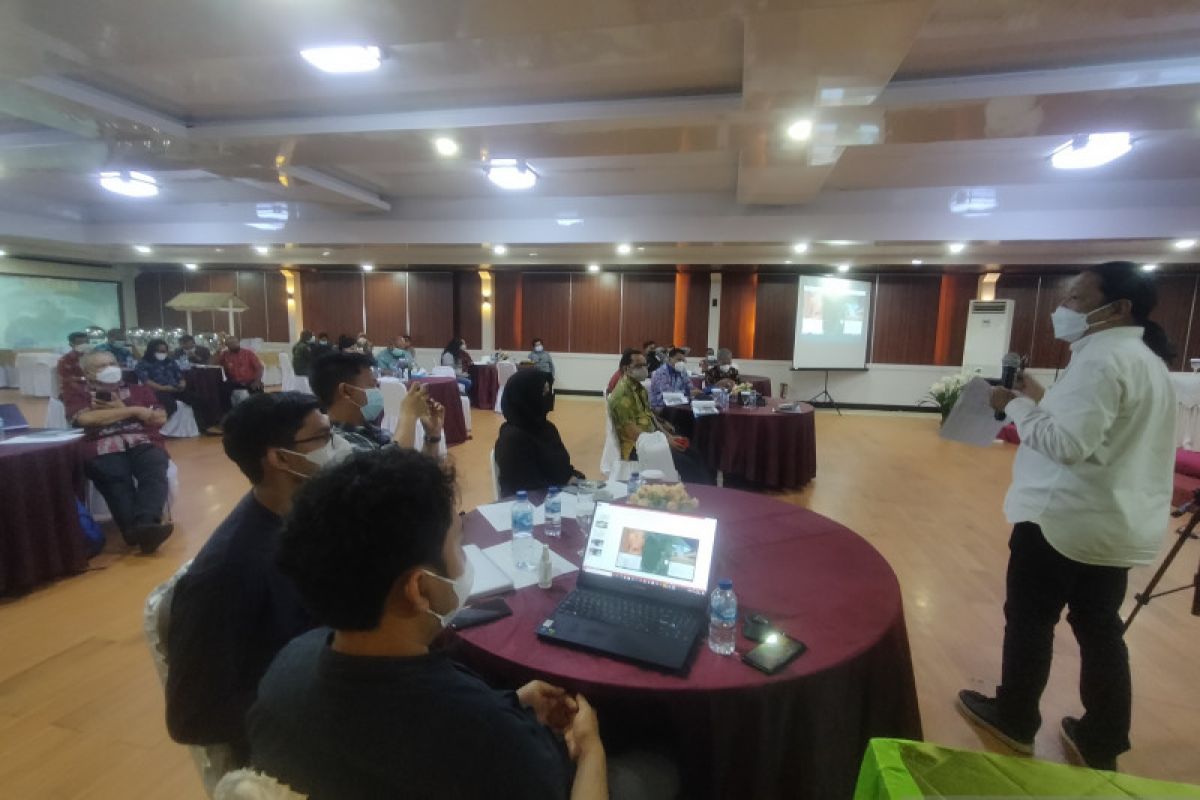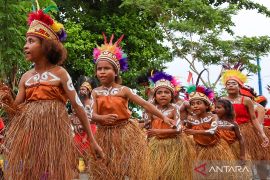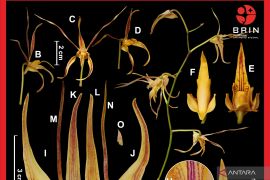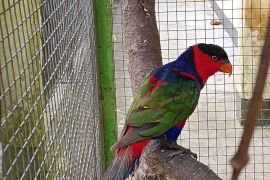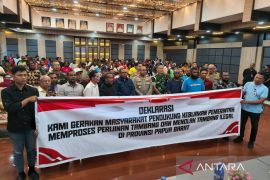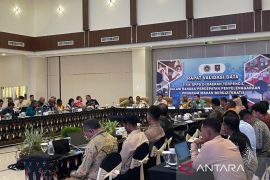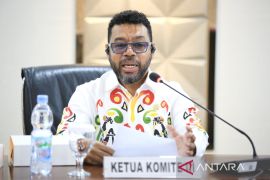As part of the initiative, the West Papua Research and Development Agency on Thursday held a seminar on developing the districts of Manokwari, South Manokwari, and Arfak Highland as the province's second KSPN.
"According to the Presidential Instruction (Inpres) No.9/2020, regions are demanded to make breakthroughs," the agency’s head, Charlie Heatubun, said.
Considering their vast potential for tourism, the West Papua government has decided to develop Manokwari-South Manokwari-Arfak Highland areas as the second KSPN, he disclosed.
The initiative has even been proposed to Vice President Ma'ruf Amin and the National Development Planning Agency (Bappenas). Amin, who is leading the team for accelerating Papua and West Papua development, has responded to the proposal, Heatubun said.
"Therefore, we are preparing a detailed draft of the master plan for developing the second KSPN," he added.
The districts of Manokwari, South Manokwari, and Arfak Highland have huge potential for tourism given their ecological uniqueness, diverse culture, and natural beauty, he said.
Over the past years, West Papua’s Raja Ampat has gained popularity among domestic and foreign tourists.
The destination is often described as "Heaven on Earth", "Miracle of Papua", "Underwater Paradise on Earth", or "Real Wonder of the World" for its marine panoramas.
Raja Ampat district also boasts a geopark that is touted to be more beautiful than the one in Halong Bay, Vietnam.
In 2012, Raja Ampat was included in the list of the Real Wonders of the World. It has been recognized as one of the world's 10 most beautiful diving sites, and rated number one for its rich and diverse marine flora and fauna.
Raja Ampat district has around 1,700 islands, including the Isle of Wayag, which is made of karst, or limestone, from other isles.
The waters of Raja Ampat have approximately 603 hard coral species, representing 75 percent of the total coral reef population in the world, according to information posted on rajaampatlodge.com.
According to several studies conducted by global conservation agencies, such as Conservation International and Nature Conservancy, Raja Ampat’s waters are estimated to host 1,397 species of fish. Thus, Raja Ampat is also called the "Capital for Fish in the World”.
There are also 60 varieties of crayfish, 699 types of soft animals or species of mollusks, comprising 530 species of snails (Gastropoda), 159 species of shells (bivalva), two species of Scaphopoda, five species of squid (Cephalopoda), and three Chiton species in the waters of Raja Ampat. (INE)
Related news: West Papua tourism management needs optimization
Related news: Biak tourism attractions need intensive promotion
EDITED BY INE
Translator: Hans AK, Rahmad Nasution
Editor: Suharto
Copyright © ANTARA 2021
